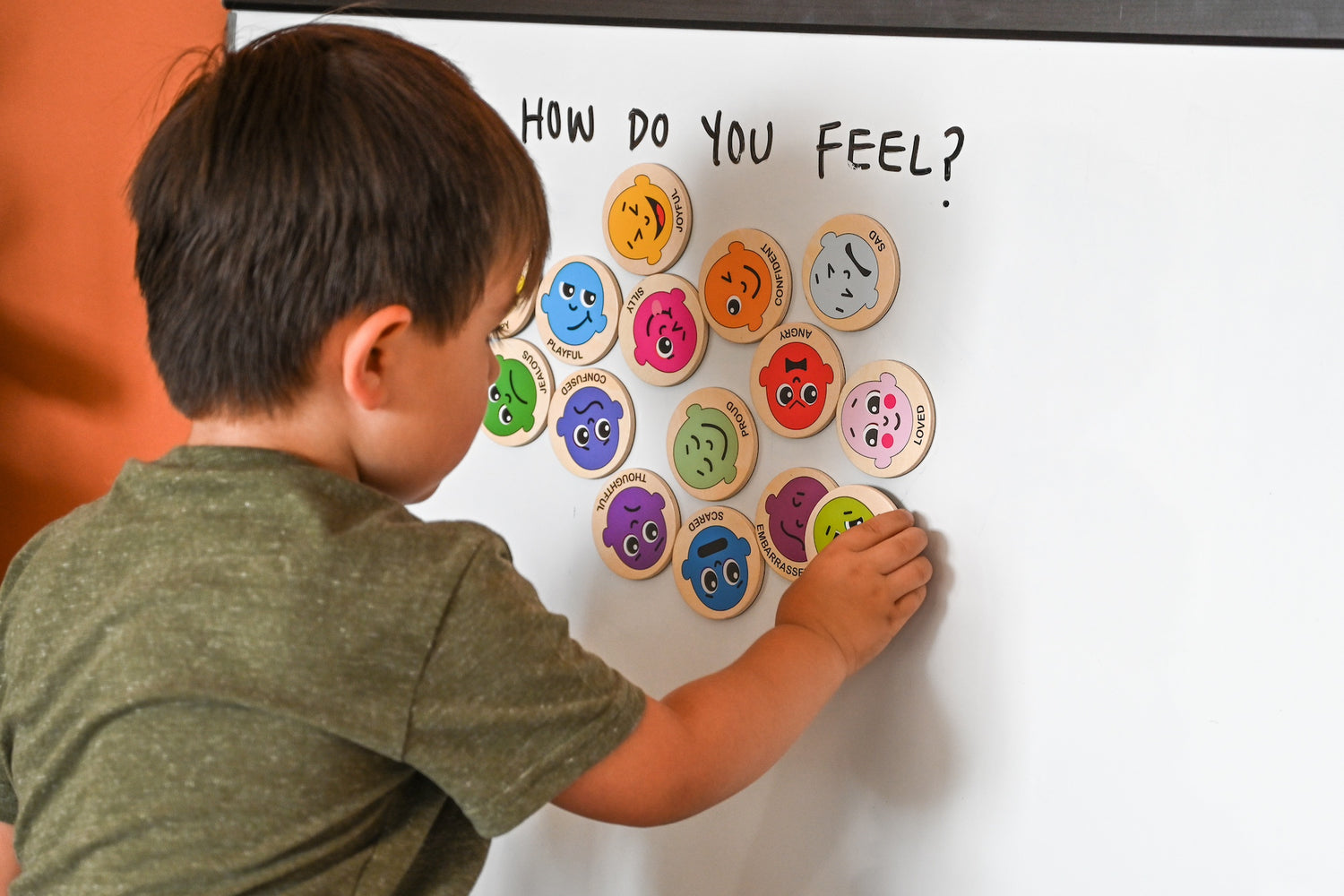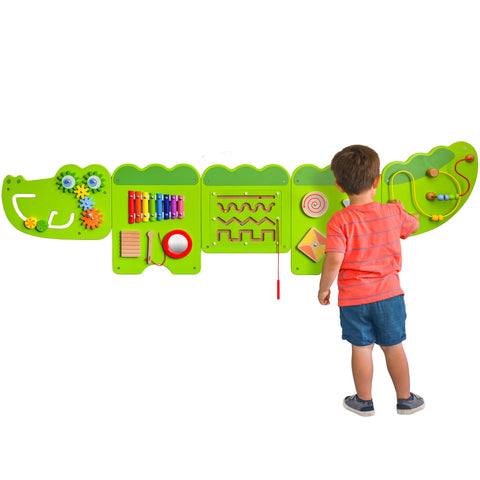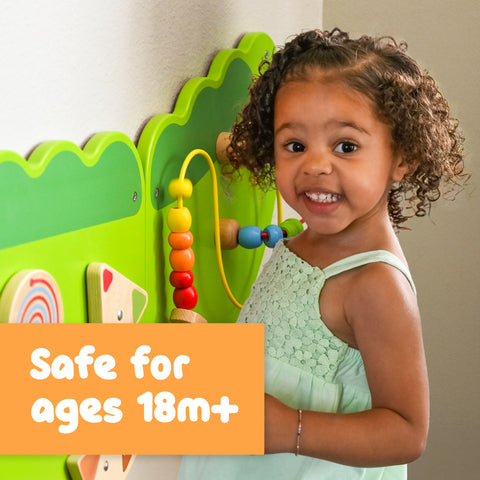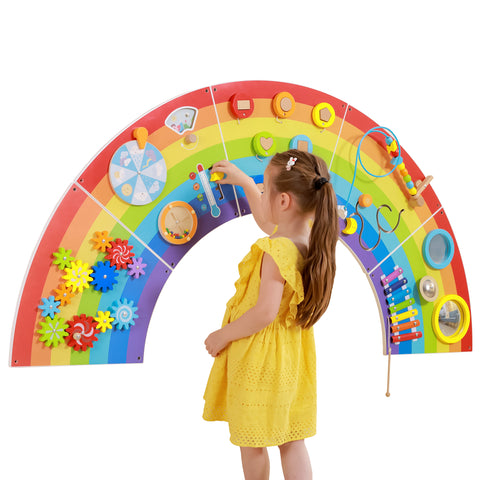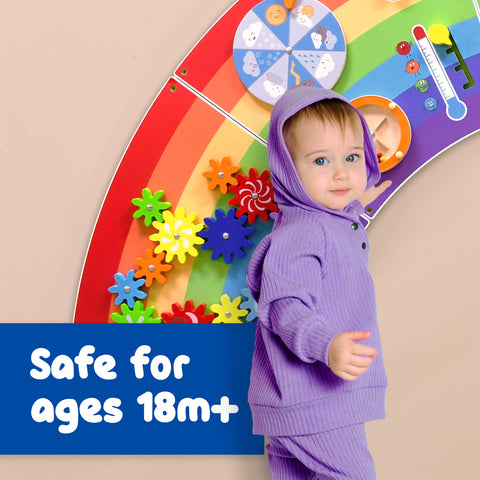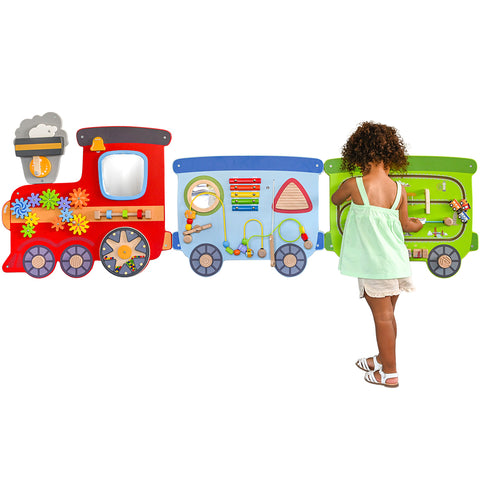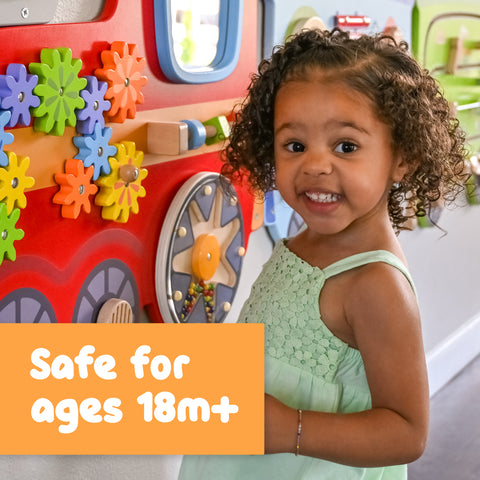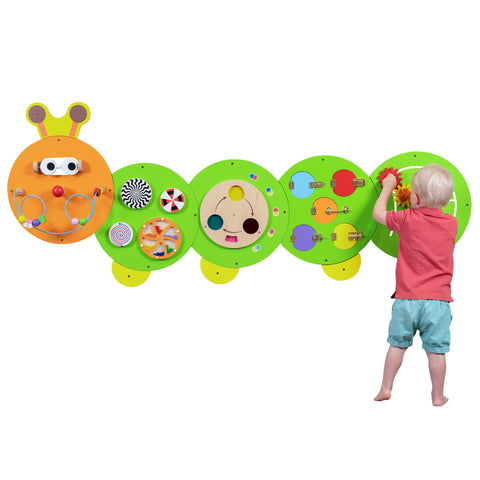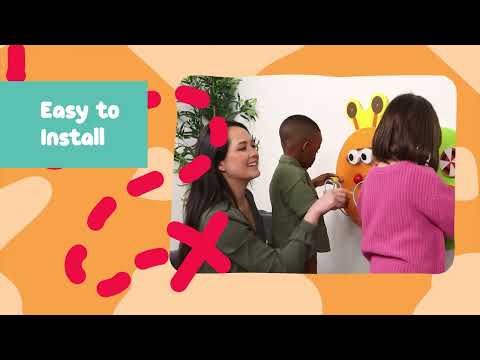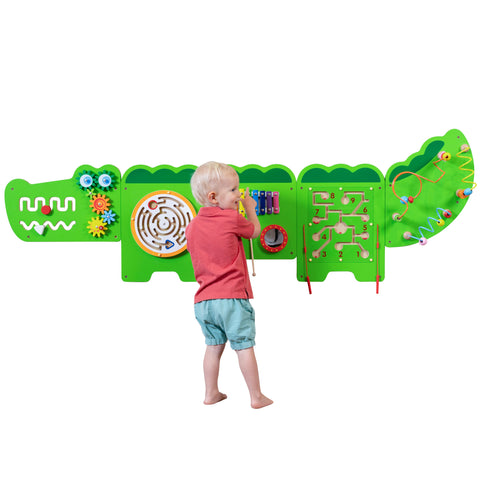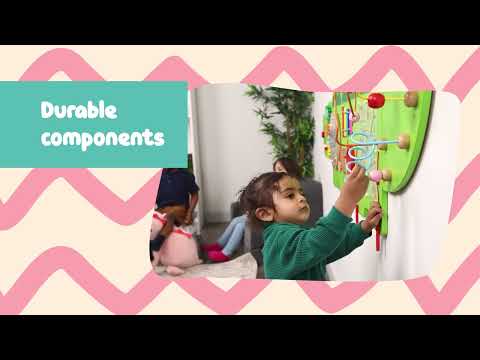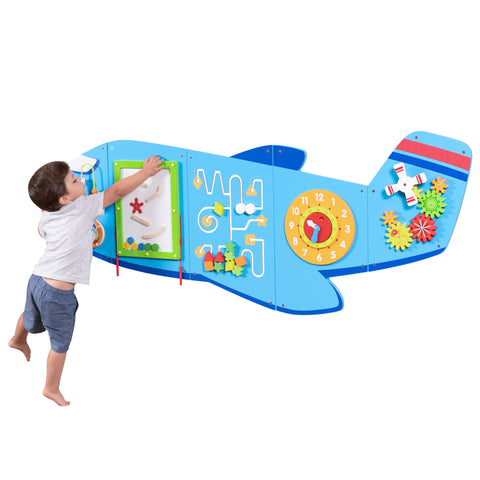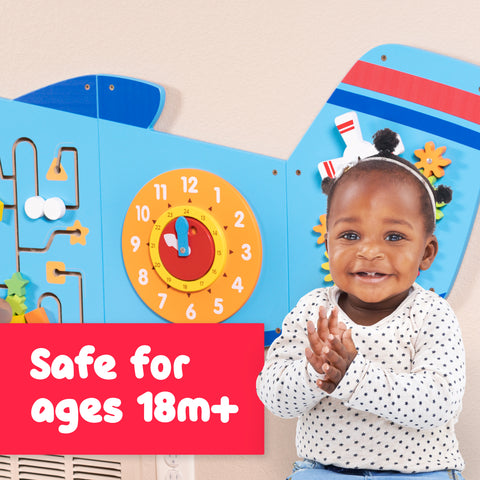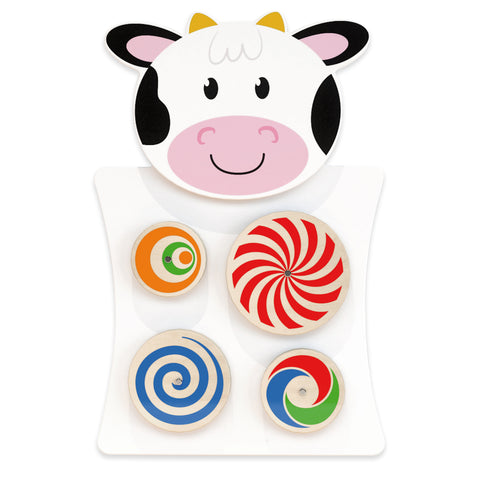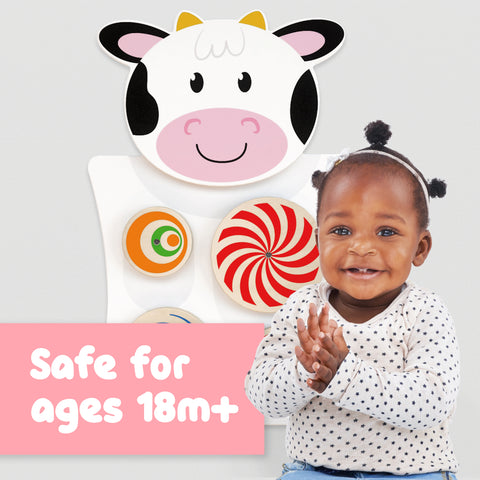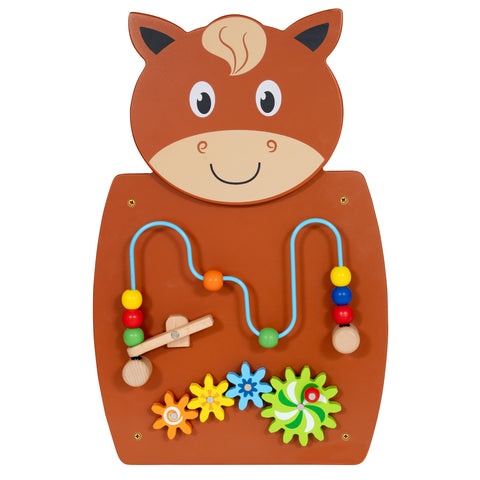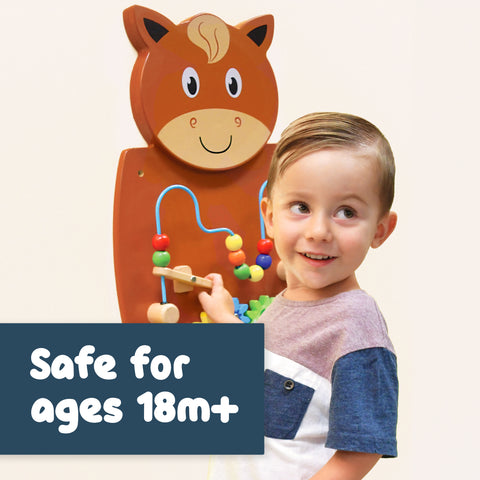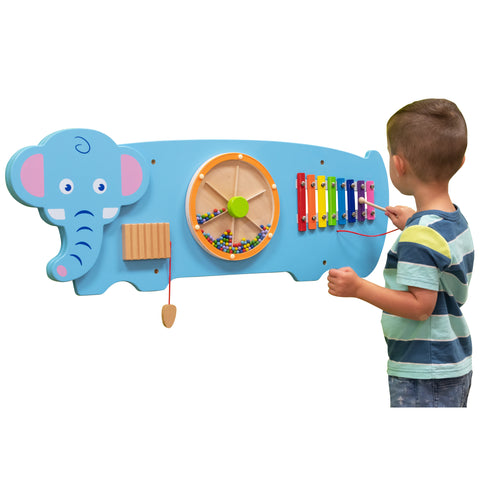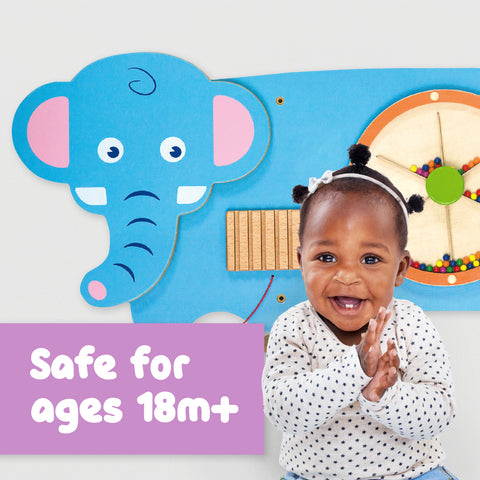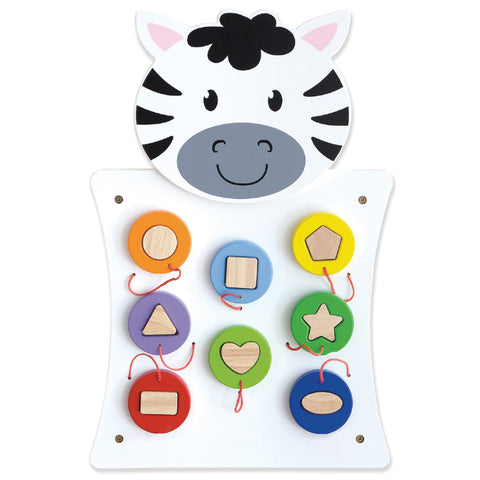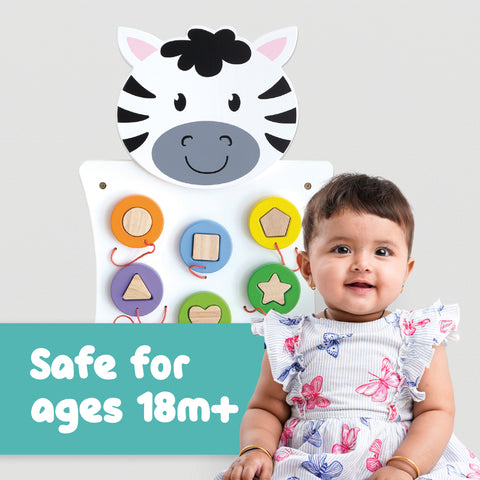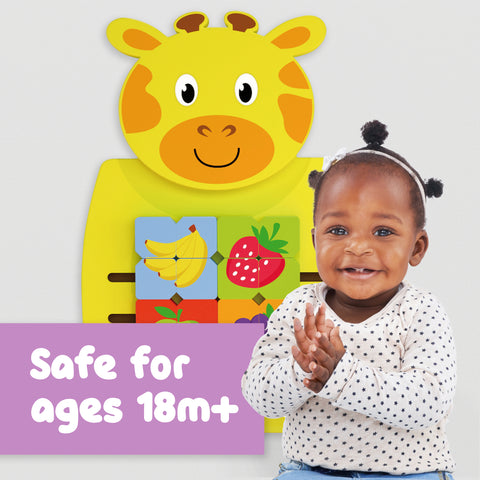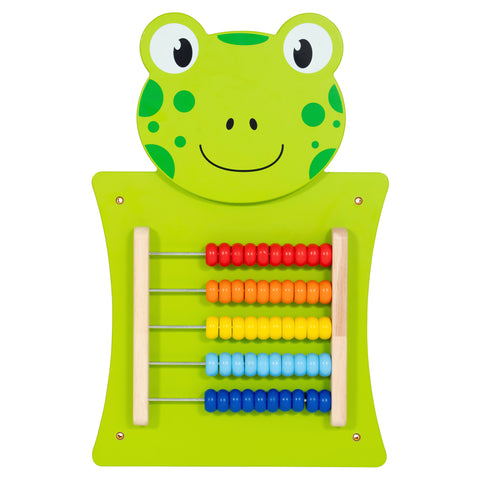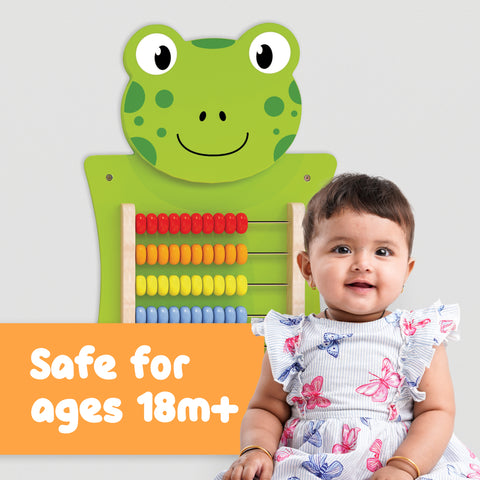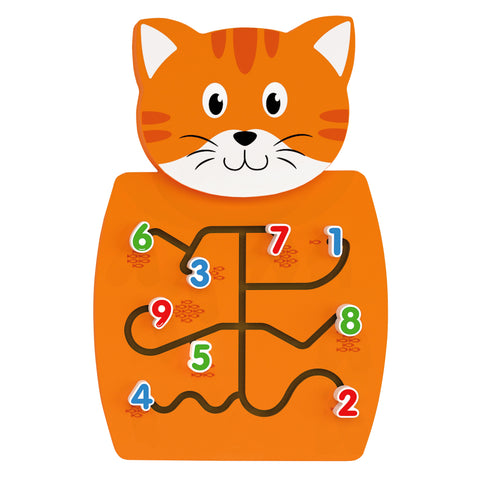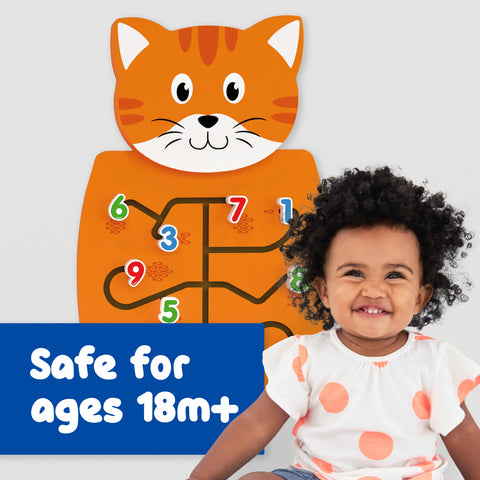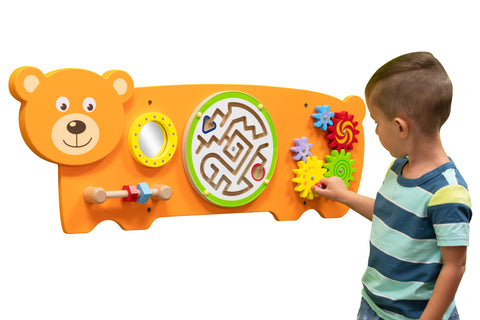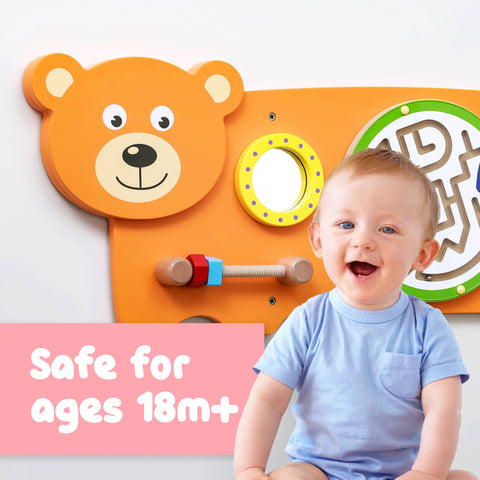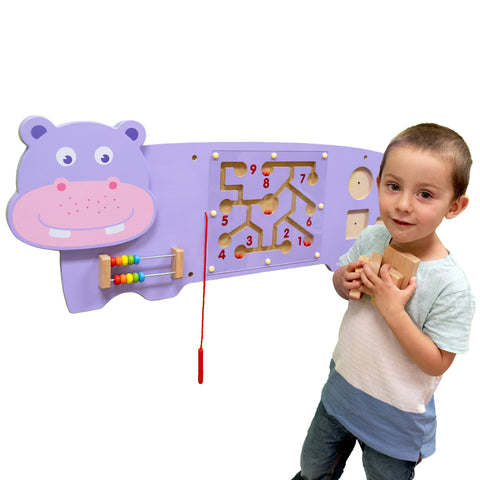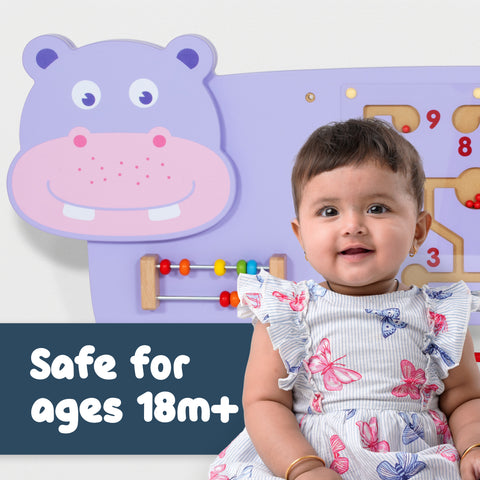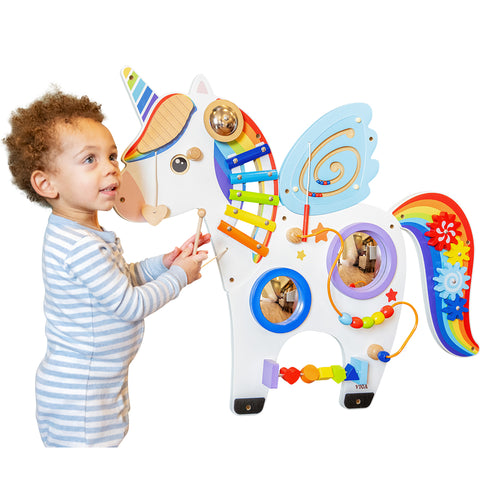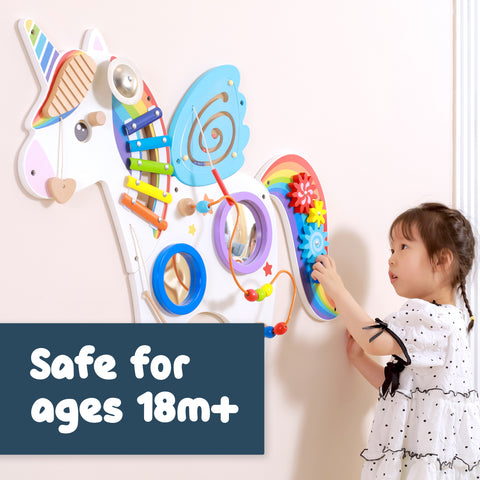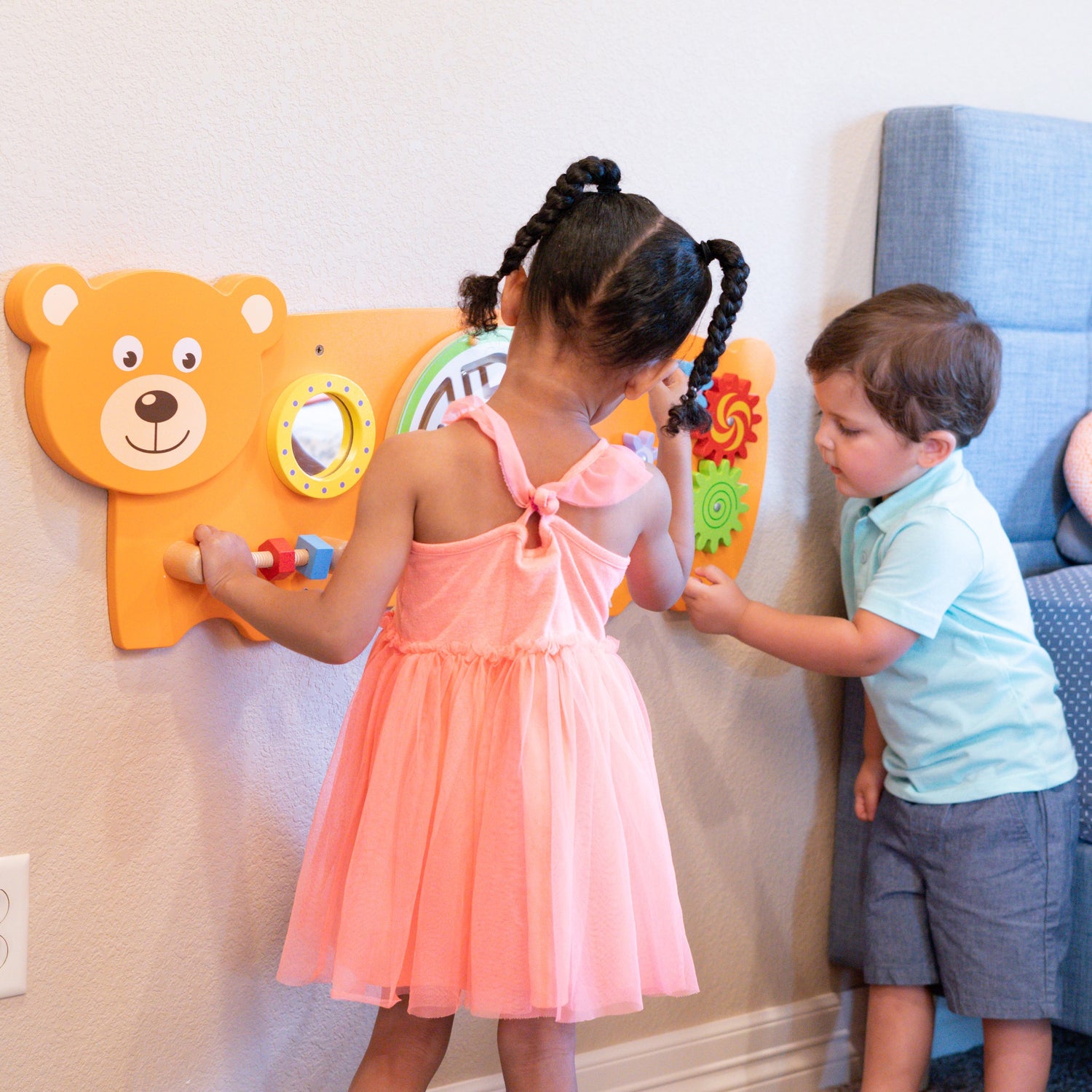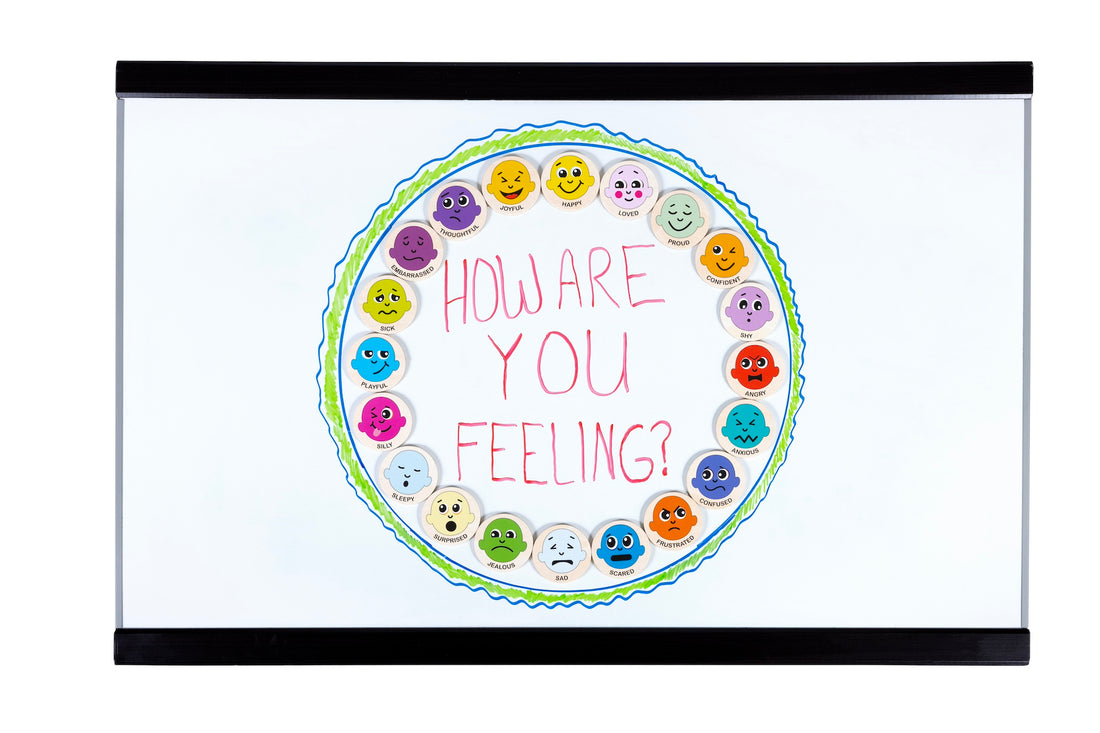
This morning started like any other. I was in the kitchen with our 2-, 6- and 9-year-old busily preparing breakfast. Miss Two wanted rolled oats so I cooked some for her. I poured a little milk in her bowl to cool them and started to stir. “No stir!” She yelled. So, I handed her the oats. She started to cry. We hugged and I asked her to help me blow to cool them down. “No blow!” She yelled. More tears. I calmly asked her to blow and stir her oats. She took her first mouthful and started to cry for the third time. It was too hot.
I realized that the issue wasn’t the food at all. Miss Two had simply picked up on the rushed activities around her and it felt overwhelming. Her emotions seemed dysregulated.
As parents and caregivers, we want to shower our children with love and care. But what if these aren’t enough? How do we provide them with the tools to cope with whatever life throws at them? How can we help them build life skills?
To continue the above example, when Miss 2 is crying and Master 9 is more interested in reading a book than getting ready for school, how can we impart the life skills they need to manage emotions and make responsible decisions?
I’ve heard of social and emotional learning. What is it?
Social and Emotional Learning (SEL) can provide the toolbox, or framework, to help people of all ages thrive in their environments. According to SEL industry body, the Collaborative for Academic, Social and Emotional Learning (CASEL):
“SEL is the process through which all young people and adults acquire and apply the knowledge, skills, and attitudes to develop healthy identities, manage emotions and achieve personal and collective goals, feel and show empathy for others, establish and maintain supportive relationships and, and make responsible and caring decisions.”
CASEL identifies five areas of competence, through which SEL can be practiced: self-awareness, self-management, social awareness, relationship skills and responsible decision-making.
Whether or not you choose to adopt the CASEL framework, there is a growing body of empirical evidence to support SEL’s effectiveness. It has been shown to improve students’ academic performance, relationships and social and emotional skills. It has helped to decrease students’ anxiety, behavior problems and substance use.
If you’re a parent, preschool teacher or any other caregiver for babies, toddlers and young children, you may be able to use tools from this SEL framework.
Why should I use SEL at home?
The ability for young children to understand, then manage, their emotions, thoughts and behaviors is the parental panacea. Can you imagine a household where children openly discuss their thoughts and feelings, take initiative, demonstrate honesty and integrity and exhibit a growth mindset? While this environment sounds like a lofty goal, its foundations can be built with babies and toddlers.
Consider one of CASEL’s competencies within its SEL framework: self-awareness. This competency includes the ability to understand one’s own emotions, thoughts, and values. The ability to identify one’s emotions is believed to be the first step towards emotion regulation. The idea is to give little ones the language they need to express themselves. One day, Miss Two will articulate when she is feeling overwhelmed or frustrated. But now, the only way she knows how to express those emotions is by crying or displaying other body language (for example, sitting down with her back to me).
Self-awareness also includes a growth mindset. Behind a growth mindset is an attitude. How do your children face challenges? Do they persist? Are they resilient? Even if they become disappointed or angry when they fail to meet a goal, do they still see effort as a path to mastery? Teaching your children to have enough self-awareness to understand the process, their strengths and limitations can be an empowering step towards imparting a growth mindset. This is another tool for your SEL and emotion regulation toolkit.
How can I use social and emotional learning to help my child’s emotion regulation?
You can incorporate other simple social and emotional learning practices with 1- to 5-year-olds at home. Examples include:
- Empathy and emotions. Next time you read a book with your child, pause at various points in the story. Ask your child how the characters are feeling. Ask them to explain why they’re feeling that way. Assists with: empathy and perspective-taking.
- Practice conversation. Ask your child to imagine a scenario such as living on a boat, flying through a cotton candy cloud or driving a monster truck. Make it wild! Ask them questions about what they would eat, do or play. Assists with: self-awareness, conversation skills and relationships.
- Kindness kitty. Encourage your little ones to give compliments. Each time they do, write it down on a piece of paper and place it in the “kindness kitty”. At the end of the week, reflect on the compliments and discuss how it made them, and the recipient, feel. Assists with: kindness, confidence.
- Board games. Choose an age-appropriate game and use it for family play time. Try our Emotions Dominoes for 3-, 4- or 5-year-olds. Assists with: turn-taking, sportsmanship.
- Emotion charades. Create emotion cards or use our Wooden Magnets – Emotions. Select one emotion and discuss how they could convey that emotion through their voice, facial expression or body language. See if others can guess the emotion. Assists with: emotion identification, social cues.
I’ve heard mindfulness can help. Is this related to SEL?
Yes! Mindfulness is the practice of being present and fully aware of where we are and what we are doing. It is part of the pathway to self-awareness. Mindfulness enables children to feel calm and less anxious or stressed, more able to manage thoughts and feelings and to cope with difficult or unhelpful thoughts. It is also an important step towards learning to be kinder towards themselves.
When children can be fully present, their world slows down. They become better able to identify their feelings, recognize behaviors, examine prejudices and biases and identify their strengths and limitations.
As parents, we already have a lot on our plates. Let’s make life a little easier for our kids and ourselves by assembling tools to help navigate childhood. These tools may include sensory toys or daily mindfulness practices. Or, they may include principles from a social and emotional learning framework. Miss Two may still cry at breakfast tomorrow and that’s totally ok. But next time she might use the language of emotions I’m teaching her.

